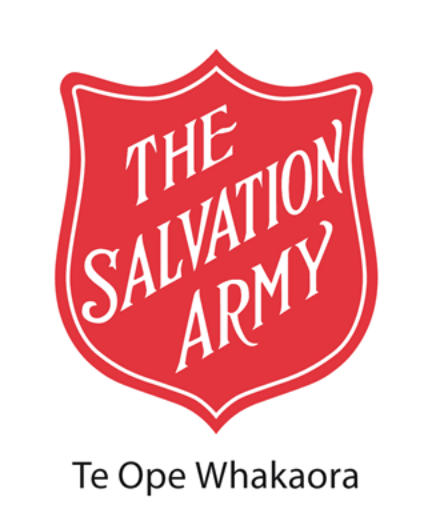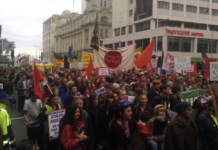Child poverty figures released today by Statistics New Zealand show further urgent Government action is needed to lift more children and whānau out of poverty, says The Salvation Army, which is calling for a change in core welfare benefits to be part of the next Wellbeing Budget in May 2020.
“The figures show good progress but much more needs to be done if we are to reduce the unacceptably high level of child poverty that has plagued our communities for the past 30 years,” The Salvation Army Social Policy and Parliamentary Unit analyst Paul Barber says.
There is unfair impact on Māori and Pacific children, who experience much higher rates of poverty.
In its State of the Nation 2020 report released earlier this month https://www.salvationarmy.org.nz/research-policy/social-policy-parliamentary-unit/latest-report The Salvation Army welcomed actions taken by the Government over the past two years to lift incomes for lower income families.
Today’s child poverty figures show some of the impact of additional assistance through the Families Package, additional hardship grants as well as lifting of the minimum wage and general wage increases.
However, hardship grant payments reflect the inadequacy of benefit levels, and targeting additional income into families with the lowest incomes must be a Budget priority.
The recommendations of the Welfare Expert Advisory Group (WEAG) from last year provide a plan for helping people to live with dignity, participate in society and have the ability to move ahead in their own lives. More action is needed to implement these recommendations.
The impact of rising housing costs is hitting low- income families hardest and this is demonstrated in the higher level of poverty after housing costs, relative to poverty measured before housing costs. The State of the Nation report highlighted the continuing worsening of housing affordability to rent or buy for low income households.
Further significant investment in provision of affordable rental and assisted home ownership opportunities is a vital part of turning around the housing crisis and building hope and a sense of stability and security into communities under pressure.
We will need thousands more houses as part of building social infrastructure. Those houses need to be built in communities with the most need, in partnership with them. Housing redevelopments in Mangere and Porirua are examples of opportunities for community regeneration through partnership.






Why waste money on an enquiry when frankly the only thing Labour will do is tinker around the edges.
This today on Stuff:
“Heartbreaking” is the word Paul Pirihi keeps coming back to when he thinks about the poverty his students over the years have faced.
Empty fridges, bare pantries, children sleeping on the floor or four piled on the couch – when the Auckland principal went to his students’ homes, he saw the depth of the poverty they lived in. Looking around the kitchen gave him a real measure of how bad things were.
“It’s like it happens in slow motion. You’ve seen these empty fridges, empty pantries and you turn around and you’re seeing six or seven little kids in there, and there’s nothing for them to eat.”
The children would have a hungry look, he said: “Just sadness in their eyes”.
The cupboards had “nothing in them, nothing whatsoever”, he said – just crumbs and empty Tupperware containers on the shelves.
These are the houses, up and down the country, where families are driven to put meals such as “red soup” on the table because there’s nothing else.
Celebrity chef Nadia Lim can give you the recipe: it’s the leftover water that cheerios have been boiled in.
Stuff Heartbreaking Scenes of Poverty
Comments are closed.